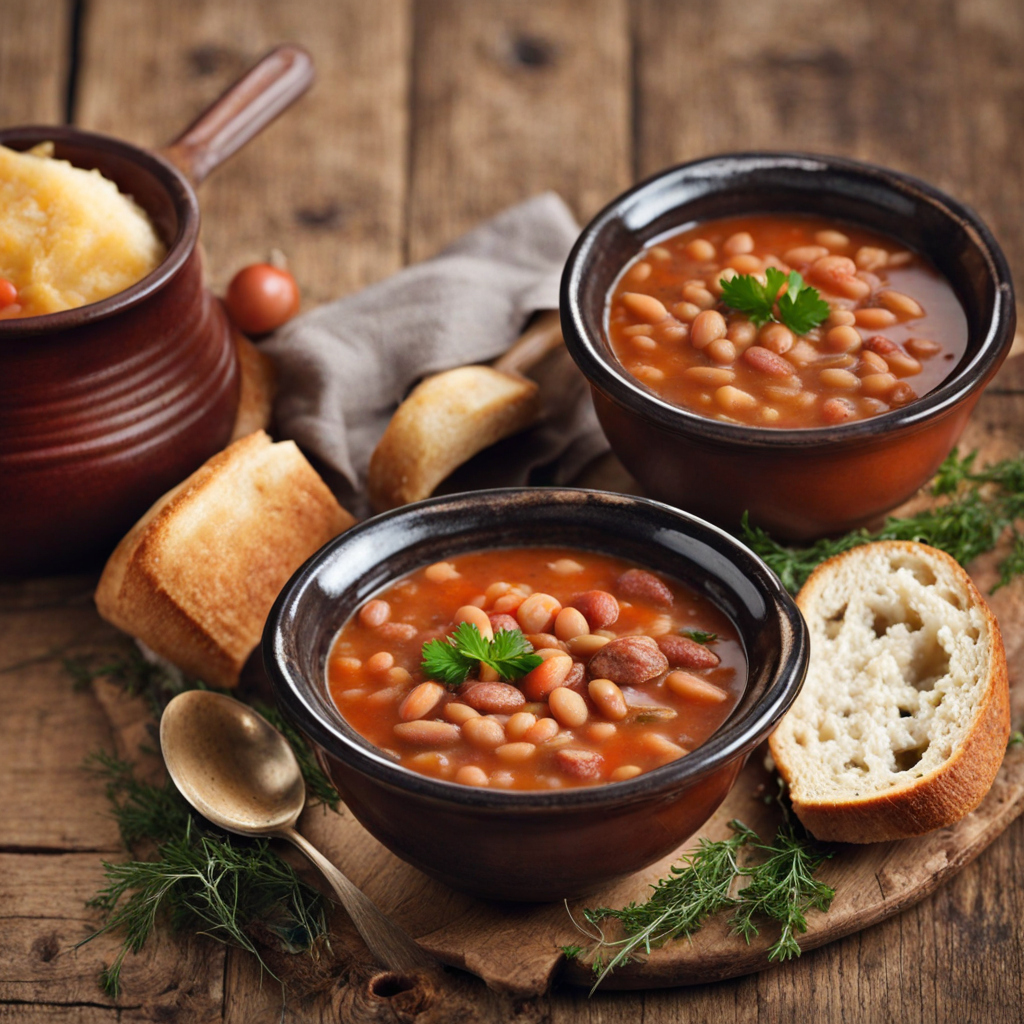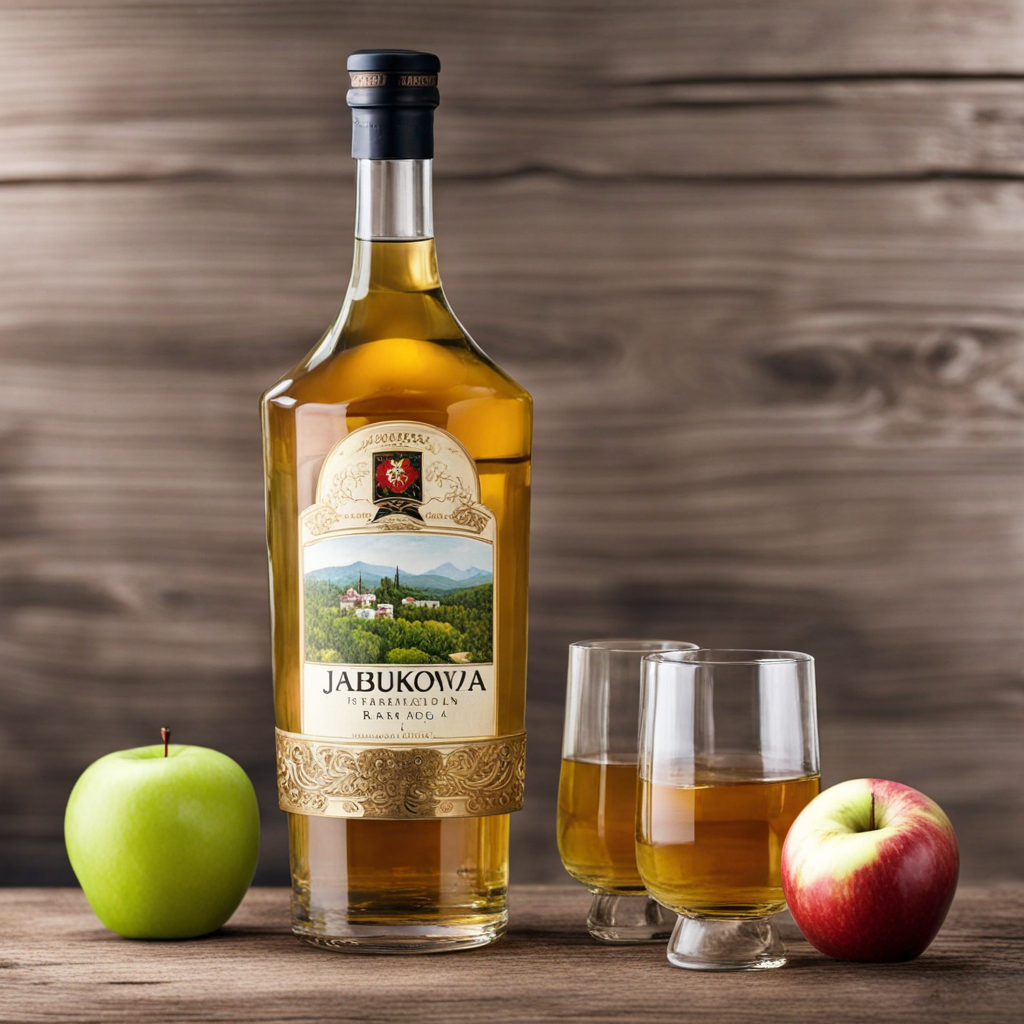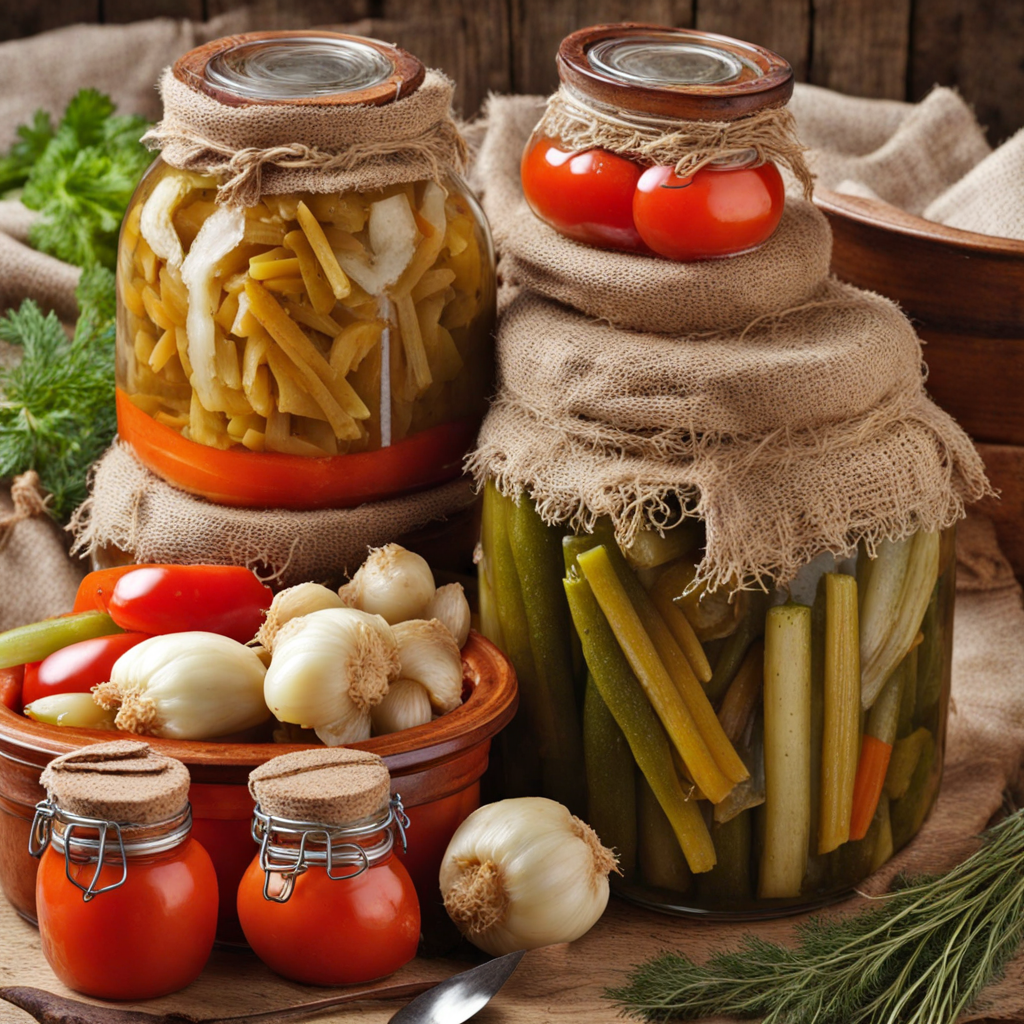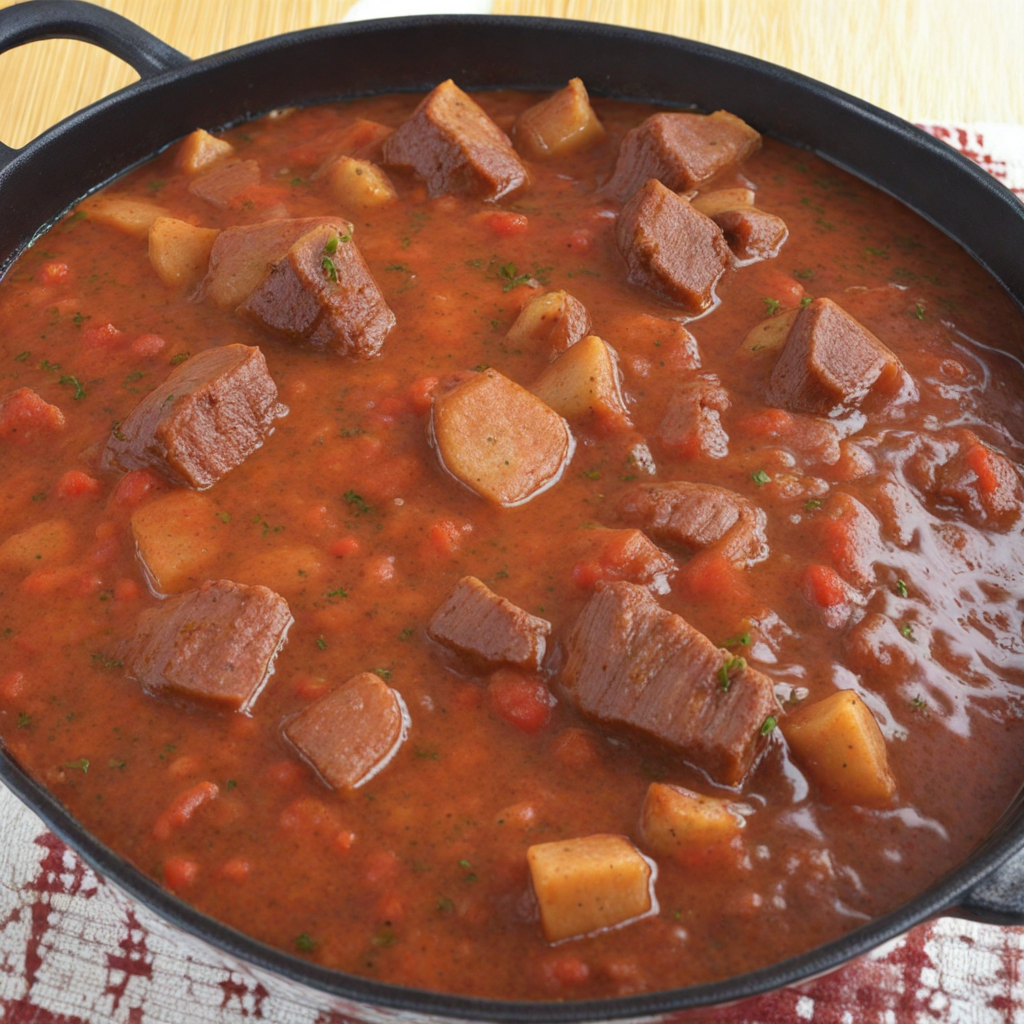Pasulj
Pasulj is a traditional Serbian bean soup that embodies the heart and soul of Serbian cuisine. This hearty dish is primarily made from white or pinto beans, which are simmered until they reach a creamy consistency. The beans are complemented by a medley of aromatic vegetables such as onions, carrots, and bell peppers, which are sautéed to enhance their natural sweetness. The soup is often finished with a generous sprinkle of dried herbs like thyme or bay leaves, infusing the dish with a rustic depth of flavor that speaks to the land it originates from. What sets Pasulj apart is the addition of smoked meats, typically smoked sausage or ham hocks, which give the soup a rich, savory taste. The smoky notes from the meat meld beautifully with the creamy beans, creating a comforting and satisfying dish that warms the soul. For those who prefer a vegetarian option, Pasulj can be made without meat, allowing the beans and vegetables to shine through with their own unique flavors. This adaptability makes it a beloved dish across various households in Serbia, each with its own twist on the classic recipe. Pasulj is often served with a side of crusty bread, perfect for dipping and soaking up the flavorful broth. This dish is not only a staple in everyday Serbian meals but also a common choice for family gatherings and festive occasions, symbolizing warmth and togetherness. As you take your first spoonful, you'll find a comforting balance of flavors and textures that encapsulates the essence of Serbian home cooking, inviting you to savor each bite and discover the rich culinary heritage of Serbia.
How It Became This Dish
The Rich History of Пасуљ: Serbia's Beloved Bean Dish #### Origins of Пасуљ Пасуљ, known as bean stew, is a quintessential Serbian dish that has woven itself into the fabric of the nation’s culinary identity. The origins of пасуљ can be traced back to ancient agricultural practices, where beans were among the first domesticated crops. Archaeological evidence suggests that beans have been cultivated since the Neolithic period, with various types being consumed across Europe, including what is now Serbia. The word "пасуљ" itself derives from the Slavic roots, reflecting the agricultural heritage of the region. Beans were a staple food for many Slavic communities, not only due to their nutritional value but also because they were easy to store and preserved well through the winter months. Historical records indicate that beans were an integral part of the diet of Serbian peasants, often served alongside bread and other simple fare. #### Cultural Significance Пасуљ holds a special place in Serbian culture, representing more than just sustenance. It is a dish that evokes feelings of home and familial connections. Traditionally, пасуљ is often prepared during family gatherings, celebrations, and holidays, particularly on Orthodox Christian feast days. In many households, the preparation of пасуљ becomes a communal activity, bringing family members together in the kitchen for a shared experience. The dish is emblematic of Serbian hospitality, as it is often served to guests as a warm and hearty welcome. Its simplicity belies the depth of flavor that can be achieved through careful preparation and the use of local ingredients. In the spirit of sharing, many Serbian homes maintain the tradition of cooking large pots of пасуљ that can feed numerous guests, reinforcing the cultural value placed on community and togetherness. Moreover, пасуљ has a symbolic connection to the agrarian lifestyle that has long defined Serbian identity. The beans represent the bounty of the land, and their preparation is often tied to the seasonal rhythms of farming. The dish has survived through turbulent historical periods, including wars and economic hardships, serving as a reminder of resilience and the enduring nature of traditional Serbian cuisine. #### Development Over Time Throughout the centuries, пасуљ has evolved, reflecting the diverse influences on Serbian cuisine. During the Ottoman period, the introduction of new spices and cooking techniques brought richness to the dish. For example, the use of smoked meats, such as sausages or bacon, became common, adding a layer of flavor that has become a hallmark of modern пасуљ recipes. This adaptation illustrates how culinary practices are often shaped by historical contexts, incorporating elements from various cultures while maintaining a distinct Serbian character. In addition to smoked meats, the dish has also absorbed influences from neighboring countries. For instance, the Hungarian gulyás and the Croatian grah share similarities with пасуљ, showcasing how regional variations of bean stews have emerged. Each country has its own take on the dish, with specific ingredients and methods of preparation that reflect local tastes. However, the core essence of пасуљ remains intact, rooted in the humble bean. In the 20th century, as Serbia experienced significant social and political changes, so too did its culinary landscape. The rise of urbanization led to shifts in eating habits, with traditional home-cooked meals giving way to faster, convenience-based options. Nonetheless, пасуљ remained a beloved comfort food, often prepared on weekends or special occasions, serving as a bridge between generations. In contemporary Serbia, пасуљ continues to thrive, with many households maintaining traditional recipes while also experimenting with modern twists. Chefs in upscale restaurants have begun to reinterpret the dish, incorporating gourmet elements while respecting its rustic roots. This trend speaks to the versatility of пасуљ and its ability to adapt to changing culinary landscapes. #### Regional Variations As with many traditional dishes, пасуљ has regional variations across Serbia. In the northern regions, particularly Vojvodina, the dish is often made with white beans and incorporates local spices and herbs, resulting in a lighter flavor profile. Conversely, in the mountainous areas of western Serbia, darker varieties of beans are used, and the dish is enriched with hearty meats and smoked paprika, reflecting the robust flavors typical of the region's cuisine. Each variation tells a story of local ingredients, cultural exchanges, and the adaptability of traditional recipes. This diversity not only highlights the importance of пасуљ within the Serbian culinary canon but also underscores its role as a communal dish that unites people across different regions and backgrounds. #### Modern-Day Celebrations Today, пасуљ is celebrated in various festivals and culinary events throughout Serbia. One of the most notable is the annual "Пасуљијада" (Pasuljijada) held in the town of Ljubovija, which draws bean enthusiasts from all over the country. This festival not only showcases the dish but also promotes the cultural importance of beans in Serbian cuisine. Participants come together to cook, compete, and share their love for пасуљ, breathing life into this time-honored tradition. In addition to festivals, the dish has found its way onto the menus of many Serbian restaurants, from rustic taverns to fine dining establishments. The resurgence of interest in traditional Serbian cuisine has led to a renewed appreciation for пасуљ, with chefs and home cooks alike striving to perfect their recipes and honor the dish's rich history. Conclusion Пасуљ is more than just a dish; it is a reflection of Serbia’s agricultural heritage, cultural identity, and communal spirit. Its journey through history—from ancient agricultural practices to modern culinary innovations—demonstrates the resilience and adaptability of traditional food. As Serbia continues to navigate its place in a globalized world, пасуљ remains a beloved symbol of home, hospitality, and the enduring power of shared meals. Whether enjoyed at a family gathering or a bustling festival, пасуљ will forever hold a special place in the hearts of those who savor its warmth and richness, binding generations together through its simple yet profound essence.
You may like
Discover local flavors from Serbia







